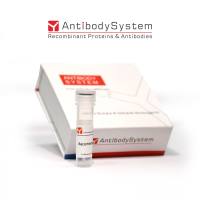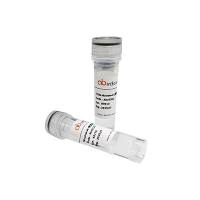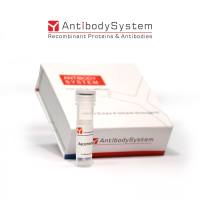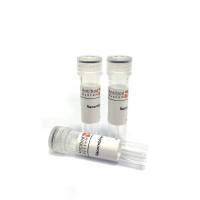Perennial Ryegrass (Lolium perenne L.)
互联网
950
A protocol that facilitates rapid establishment of Agrobacterium -mediated transformation for perennial ryegrass is described. The synthetic green fluorescent protein (sgfpS65T) reporter gene is introduced in combination with the npt II selectable marker gene into axillary bud derived embryogenic calli of perennial ryegrass (Lolium perenne L.) by co-cultivation with Agrobacterium tumefaciens strain AGL0 harboring binary vector pYF132. Following the co-cultivation calli are cultured for 48 h in liquid callus medium containing timentin at 10�C and 70 rpm, which reduces Agrobacterium overgrowth. Using green fluorescent protein (GFP) as a nondestructive visual marker allows identification of responsive genotypes and transgenic cell clusters at an early stage. GFP screening is combined with paromomycin selection to suppress wild type cells. Transgenic plantlets ready to transfer to soil are obtained within 4 mo of explant culture. Between 8 and 16% of the Agrobacterium -inoculated calli regenerate independent, Southern positive transgenic plants. Reproducibility and efficiency in this perennial ryegrass transformation protocols is controlled by multiple factors including genotype dependent tissue culture and gene transfer response, a short tissue culture-and-selection period and the efficient suppression of Agrobacterium following Agrobacterium -mediated gene transfer.









